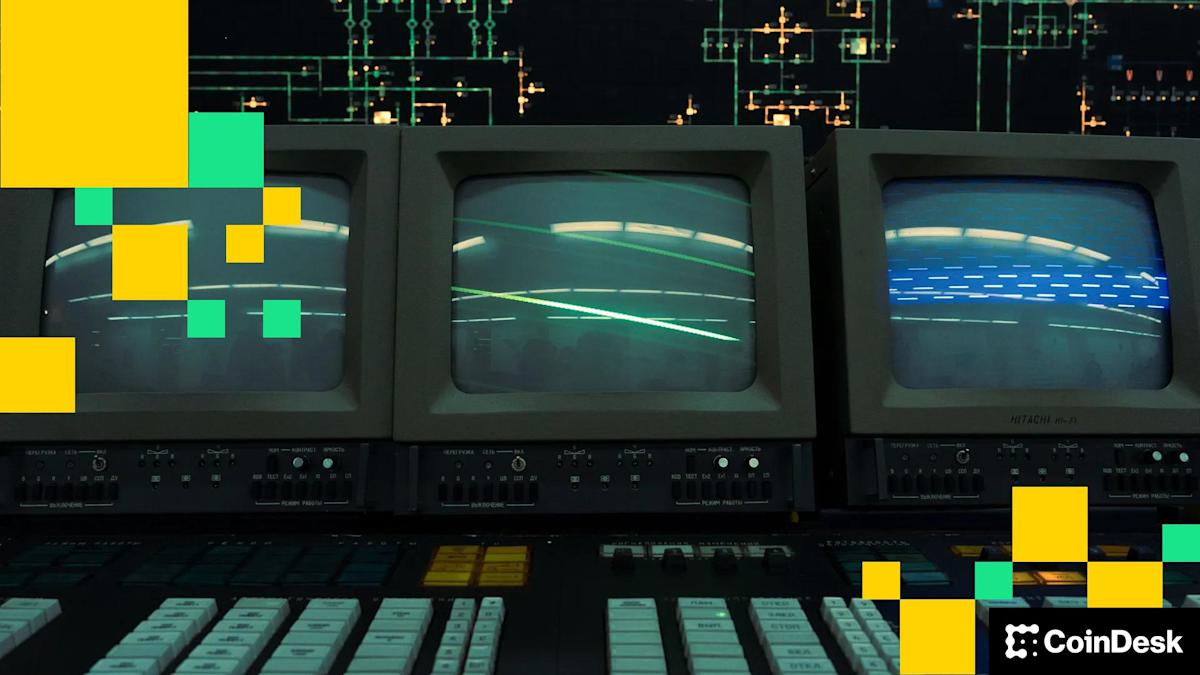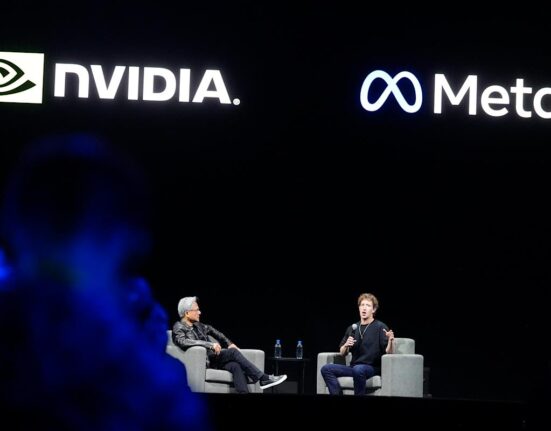If an AI system were to ever successfully attack or otherwise disrupt the cryptography of a respected blockchain – even in a white hat research setting – every panic sell-off crypto has seen before that moment would feel small. If a quantum computer ever broke a blockchain, we might as well all close down shop. The point of blockchains would be permanently undermined.
The good news is that there is a well-defined technical roadmap to avoid this. Some, not enough, but some protocols are already implementing it. But why are many falling short?
This is a real and looming threat that the crypto industry is ignoring at its own peril. To secure the future of decentralized technology, crypto must urgently upgrade its infrastructure to handle and proactively partner with the industries that pose the greatest risk: AI and quantum computing.
Blame it on pride, or protectionism, or competition, but these cross-industry partnerships and technical future-proofing steps are simply not happening at a meaningful rate. As a result, the technology designed to improve humanity is increasingly vulnerable to the infrastructure that will define it.
Blockchain technology is finally delivering secure, transparent, and self‑sovereign systems at a global scale. Yet today, the threats of AI – and, at a later date, quantum computing – show that crypto is not doing enough to safeguard everything it has built.
A recent Cornell University study examined how AI agents connected to blockchain protocols can be manipulated by adversaries who tamper with their memory or context. Malicious actors can inject fake history or prompts, triggering unauthorized transfers or protocol violations, essentially turning AI‑driven crypto agents into hijacked allies.
Meanwhile, AI in the hands of attackers is already fueling cybercrime. AI‑enabled phishing, malware, and zero‑day exploits are proliferating, and traditional defenses are struggling to keep up.
But equally imperative to address is the blind eye much of our industry is turning to quantum computing. While it might still be a decade away from breaking blockchains, the risk could be more serious than a 51/49 attack from generative AI. Experts warn that within a decade, powerful quantum machines may crack encryption that secures up to 25% of all Bitcoin, particularly BTC stored in legacy wallets with exposed public keys.
Researchers have already discovered that traditional public key crypto that forms the core of blockchains is vulnerable to quantum algorithms that already exist today. Post‑quantum cryptography (PQC) standards are now emerging from government cybersecurity organizations like NIST and ENISA, but the crypto industry is not taking their guidance seriously enough.
If an AI system were to ever successfully attack or otherwise disrupt the cryptography of a respected blockchain – even in a white hat research setting – every panic sell-off crypto has seen before that moment would feel small. If a quantum computer ever broke a blockchain, we might as well all close down shop. The point of blockchains would be permanently undermined.
The good news is that there is a well-defined technical roadmap to avoid this. Some, not enough, but some protocols are already implementing it. But why are many falling short?
This is a real and looming threat that the crypto industry is ignoring at its own peril. To secure the future of decentralized technology, crypto must urgently upgrade its infrastructure to handle and proactively partner with the industries that pose the greatest risk: AI and quantum computing.
Blame it on pride, or protectionism, or competition, but these cross-industry partnerships and technical future-proofing steps are simply not happening at a meaningful rate. As a result, the technology designed to improve humanity is increasingly vulnerable to the infrastructure that will define it.
Blockchain technology is finally delivering secure, transparent, and self‑sovereign systems at a global scale. Yet today, the threats of AI – and, at a later date, quantum computing – show that crypto is not doing enough to safeguard everything it has built.
A recent Cornell University study examined how AI agents connected to blockchain protocols can be manipulated by adversaries who tamper with their memory or context. Malicious actors can inject fake history or prompts, triggering unauthorized transfers or protocol violations, essentially turning AI‑driven crypto agents into hijacked allies.
Meanwhile, AI in the hands of attackers is already fueling cybercrime. AI‑enabled phishing, malware, and zero‑day exploits are proliferating, and traditional defenses are struggling to keep up.
But equally imperative to address is the blind eye much of our industry is turning to quantum computing. While it might still be a decade away from breaking blockchains, the risk could be more serious than a 51/49 attack from generative AI. Experts warn that within a decade, powerful quantum machines may crack encryption that secures up to 25% of all Bitcoin, particularly BTC stored in legacy wallets with exposed public keys.
Researchers have already discovered that traditional public key crypto that forms the core of blockchains is vulnerable to quantum algorithms that already exist today. Post‑quantum cryptography (PQC) standards are now emerging from government cybersecurity organizations like NIST and ENISA, but the crypto industry is not taking their guidance seriously enough.










Leave feedback about this